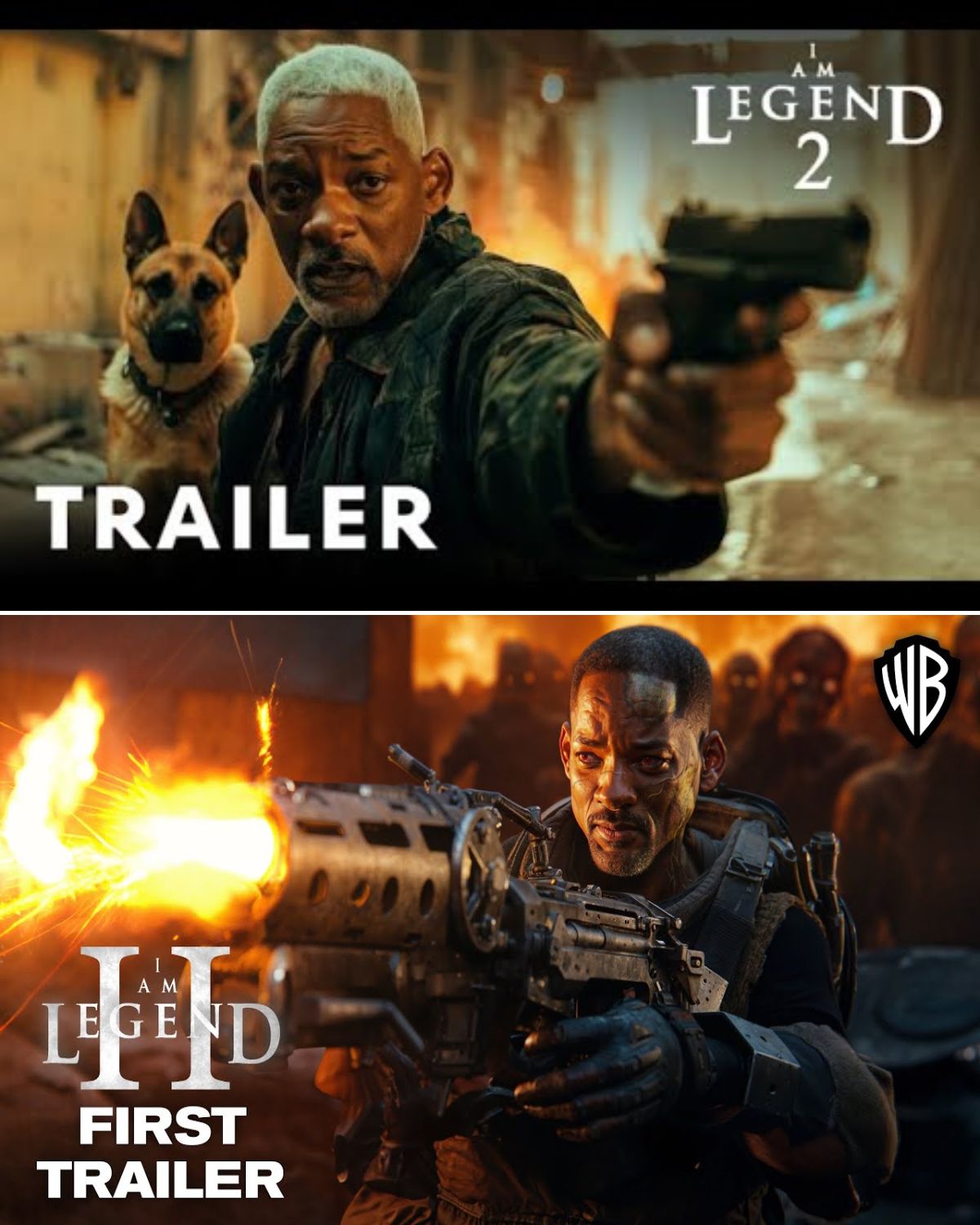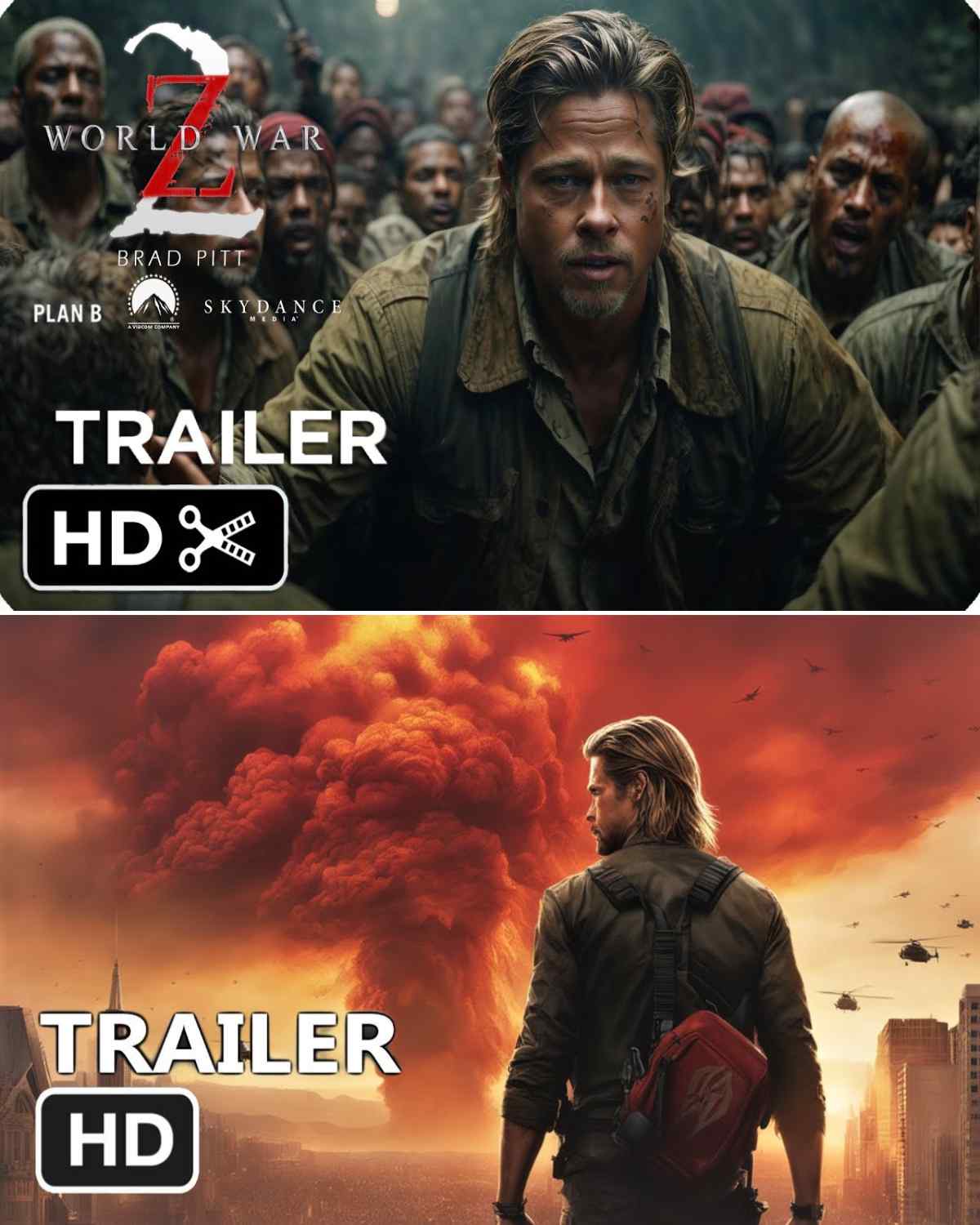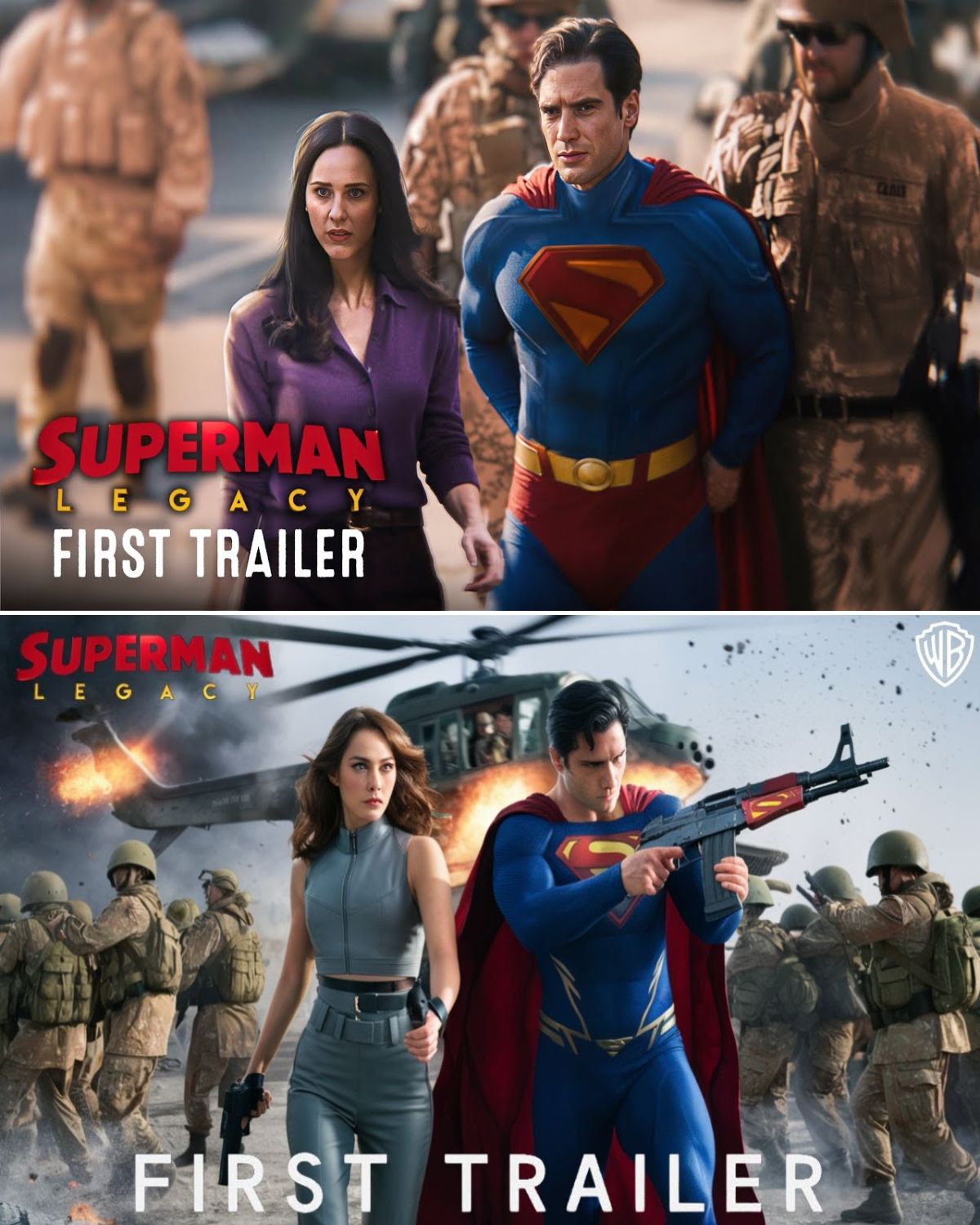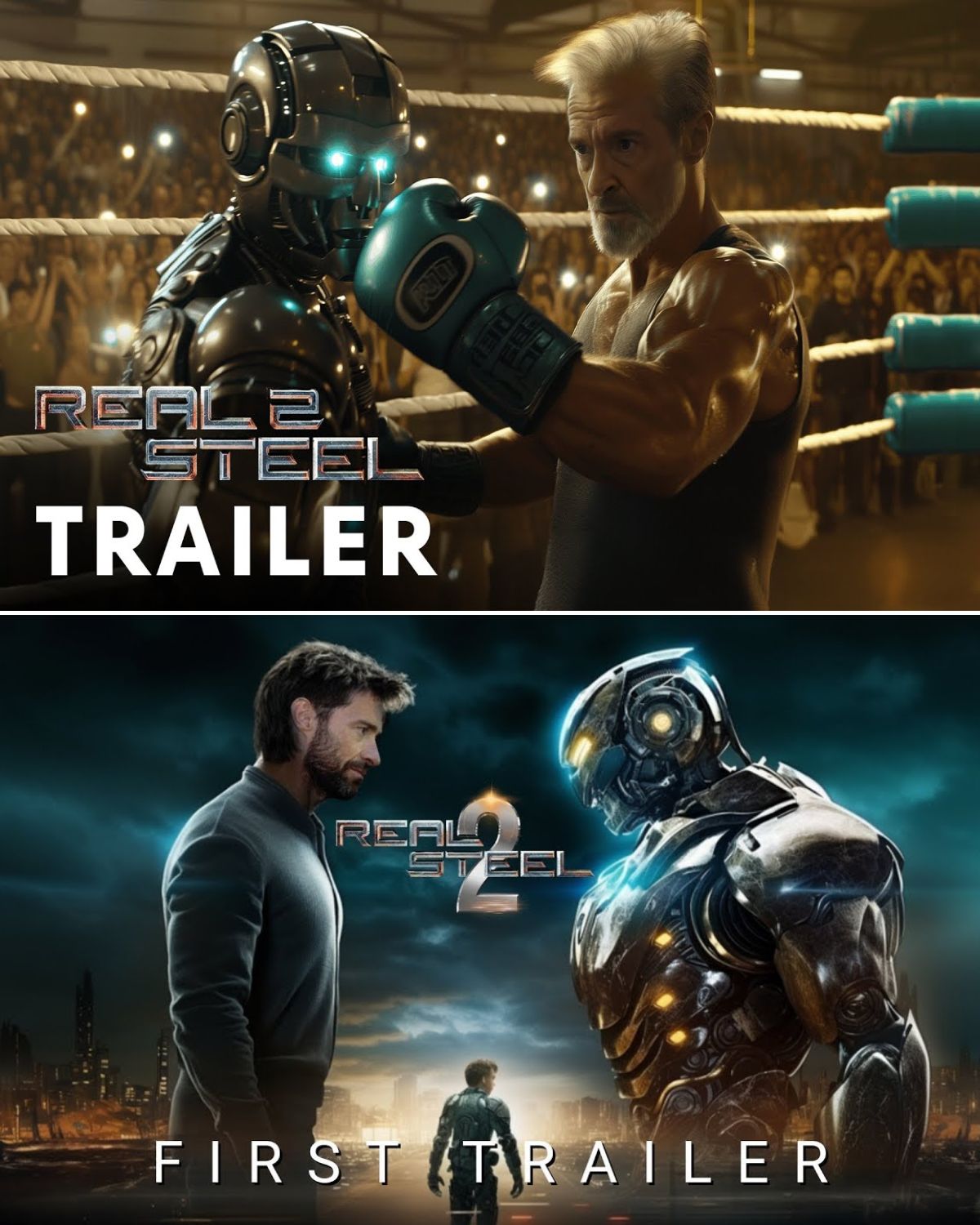Avengers: Infinity War Visual Effects Breakdowns
Avengers: Infinity War is an upcoming American superhero film based on the Marvel Comics superhero team the Avengers, produced by Marvel Studios and distributed by Walt Disney Studios Motion Pictures. It is intended to be the sequel to 2012’s Marvel’s The Avengers and 2015’s Avengers: Age of Ultron and the nineteenth film in the Marvel Cinematic Universe (MCU). The film is directed by Anthony and Joe Russo, with a screenplay by the writing team of Christopher Markus and Stephen McFeely, and features an ensemble cast including Robert Downey Jr., Chris Hemsworth, Mark Ruffalo, Chris Evans, Scarlett Johansson, Benedict Cumberbatch, Don Cheadle, Tom Holland, Chadwick Boseman, Paul Bettany, Elizabeth Olsen, Anthony Mackie, Sebastian Stan, Danai Gurira, Letitia Wright, Dave Bautista, Zoe Saldana, Josh Brolin, and Chris Pratt. In Avengers: Infinity War, the Avengers join forces with the Guardians of the Galaxy to stop Thanos from amassing the all-powerful Infinity Stones.








The film was announced in October 2014 as Avengers: Infinity War – Part 1. The Russo brothers came on board to direct in April 2015 and by May, Markus and McFeely signed on to write the script for the film, which drew inspiration from Jim Starlin’s 1991 “The Infinity Gauntlet” comic and Jonathan Hickman’s 2013 “Infinity” comic. In July 2016, Marvel shortened the title to Avengers: Infinity War. Filming began in January 2017 at Pinewood Atlanta Studios in Fayette County, Georgia, and lasted until July 2017, shooting back-to-back with a direct sequel. Additional filming took place in Scotland, England, the Downtown Atlanta area and New York City. With an estimated budget of $300 million,[contradictory] it is the second most expensive film ever made, and the most expensive film in the Marvel Cinematic Universe.
Avengers: Infinity War is scheduled to have its world premiere on April 23, 2018 in Los Angeles, and is scheduled to be released in the United States on April 27, 2018, in IMAX and 3D. The sequel is scheduled to be released on May 3, 2019.
Weta Digital
Avengers: Infinity War is the culmination of over a decade’s work by Marvel Studios, and the fourth Marvel film Weta Digital has been part of.
Thanos’ home planet is the setting for the final showdown, where our heroes engage in one of Marvel’s most epic battles yet. We created every inch of it from the moment the Q-Ship hits Titan’s wasted ground, to the grim departure of our heroes as Thanos carries out his devastating plan.
It’s an incredibly VFX heavy, multifaceted sequence featuring extensive FX techniques as the Avengers and friends throw everything they have at Thanos. We made new suits for Iron Man and Spider-Man, built Titan from the ground up, and created a performance with soul and gravitas for Thanos as he reveals his plan to refashion the universe.







Digital Domain
We worked for Thanos character throughout: Ark Ship Massacre, Knowhere Betrayal, Meditation chamber, Torture chamber, Vormir Stone Quest, Zehoberi Flashback (young Gamora), Waystation, End Battle in Wakanda with Thanos and Thanos’ Yurt.
FYI, Thanos during the Titan sequence was done by Weta Digital








Cinesite
Cinesite joined forces with Marvel Studios to create 215 shots for Avengers: Infinity War, an unprecedented cinematic journey ten years in the making. Anthony and Joe Russo directed, Dan DeLeeuw was production VFX supervisor and Andrew Morley was Cinesite’s in-house supervisor.
In his quest to obtain one of the Infinity Stones for Thanos, Maw has kidnapped and is torturing Doctor Strange on the deck of the Q ship. Principal photography for the sequence was shot on a partially built set in Atlanta. Cinesite created large sections of the environment in CG, based on concept work and previsualiation geometry provided by Marvel’s art department. Cinesite’s team rebuilt the ship interior using a modular 3D construction, creating an alternative damaged version for later destruction sequences. The environments included the stunning nodule screen; a massive fluid, motion-based screen on the front of the ship showing the exterior celestial environment, complete with infinite stars and galaxies.
However, the most challenging aspect of Cinesite’s work was the creation of Ebony Maw, an important and entirely CG character seen in extreme camera close up. Actor Tom Vaughan-Lawlor’s facial performance was captured using a head rig; this data, combined with set photography and witness-cam footage was used as a guide for the full body animation. The team received artwork and a high-resolution digital sculpt, from which they rebuilt the character.
Further character animation was required for ensuing fight sequences’s loyal cloak!) battle to free Strange, and a later skirmish when they meet with The Guardians. Both Iron Man and Spider-Man, newly transformed in his enhanced “Iron Spider” suit, were entirely computer generated. In dialogue shots where their masks are removed rotomation was key to the successful integration of the actors’ heads with the CG suited bodies.
The fight with the Guardians involved multiple visual effects, from full CG character animation to blast and web effects, CG daggers, Quill’s mask, Mantis’ antennae and damage to the Q ship environment.
Avengers: Infinity War is the fourth Marvel film Cinesite has worked on. We previously contributed VFX to Iron Man 3, Ant-Man and Captain America: Civil War. Our team in Montreal is currently in production on Ant-Man and The Wasp, releasing July 6, 2018.
Framestore
Framestore completed 253 shots for the opening act of Marvel Studios’ Avengers: Infinity War. From the moment Bruce Banner crashes into Doctor Strange’s Sanctum Sanctorum in Greenwich Village to the epic ‘Race to Space’ sequence, our varied and action-packed work includes building the New York environment in CG, crafting the Q-ship, and creating CG friends old and new: Iron Man, Spider-Man, Ebony Maw and Cull Obsidian.
‘This film has been a lot of fun. It gave us the chance to be involved in so many different kinds of work, which we’ll be proud to see on the big screen.’ – Patric Roos – VFX Supervisor.
Directed by the Russo brothers, and supervised by Marvel VFX Supervisor Dan DeLeeuw, Avengers: Infinity War marks the 10th anniversary of Marvel Studios and the final arc of the current Marvel narrative. Well-known characters from across the MCU, including Captain America, Black Panther, Thor and the Guardians of the Galaxy, unite to defeat the powerful Thanos, who seeks the infinity stones needed to wreak havoc on the universe. Framestore had the unique opportunity to be creatively involved in the planning of the work, with a team of 160 artists, led by VFX Supervisor Patric Roos and CG Supervisor Rob Allman, crafting the dramatic opening.
The New York fight sequence sees well-known Marvel characters Iron Man (Robert Downey Jr.), Spider-Man (Tom Holland), Wong (Benedict Wong) and Doctor Strange (Benedict Cumberbatch) take on members of the Black Order in an action-packed attack. ‘We were awarded a whole act, which was a really nice body of work’, says Patric Roos, VFX Supervisor. ‘The work was a real mix of full CG shots, plate shots, FX, set extensions, magic spells and a lot of character work.’
‘Production closed down whole city blocks.’ – Richard Graham – CaptureLab Studio Manager.
Roos supervised the shoot at Pinewood Studios, Atlanta in which large areas around Doctor Strange’s sanctum had been built, as well as the green screen, which the team extended to mimic Manhattan. The fight moves on to Washington Square Park, which was replaced in full CG. Framestore’s Capture Lab spent a month in Manhattan and New Jersey shooting photo reference, LIDAR and gigapixel panoramas to capture the environments that had to be recreated in CG. ‘Production closed down whole city blocks’, says Richard Graham, CaptureLab Studio Manager. ‘We came back with more than 250,000 photos and 15TB of data to be used by the environments team to build Washington Square Park and the West Village, among others.’
‘Framestore did awesome character studies that were fully rendered vignettes with mini stories. Some of the ideas from the vignettes actually made it into the movie.’ – Dan Deleeuw – Marvel VFX Supervisor.
Framestore tackled the character development of the Black Order members for around a year before post production, feeding into the Marvel Vis Dev group. A small in-house team created animation vignettes to delve further into their personalities and character traits.
The Black Order, or so-called ‘Children of Thanos’, presented their own challenges. Ebony Maw (Tom Vaughan-Lawlor) is tall, sinister, and the most restrained character of the group, delivering his lines in an almost deadpan manner. The animation team had to work out how much movement and expression to use, given that his facial design didn’t include a nose, a feature that usually aids a performance.
As the strongest of Thanos’ children, Cull Obsidian (Terry Notary) is the muscle of the Black Order. As one of the characters developed early on by the Framestore team, the challenge was keeping the design close to the comic book whilst still being a believable and threatening presence. ‘He has a massive torso, reasonably thin waist, huge thighs and a bunch of weapons’, says Nick Craven, Animation Supervisor. ‘So the challenge for animation was: how do you take a character who has aspects of a toy and keep him looking heavy and dangerous?’ The animators posed the character in a way that didn’t emphasis the silhouette, whilst the rigging team worked around the abnormally large biceps and unique bone structure, made up of pieces of bone protruding from his thick skin.
Iron Man has a whole new look in Infinity War. ‘Iron Man has a new suit design, which we worked on closely with Marvel for about two years before the design was locked in’, says Roos. Iron Man’s Mark 50 ‘bleeding edge’ suit is a move away from his solid suit of previous films: rather than unfolding, it is made up of singular nanobots which move around his body to form a suit. The manifestation of the suit moving around the character needed to look both organic and mechanical, with new weapons forming from it. The FX team used a bespoke FX set-up and Houdini to achieve the several layers of simulations and components required to look like a second skin.
‘I was a fan of the Spider-Man comic books as a kid; it was fun to revisit that.’ – Nick Craven – Animation Supervisor.
Infinity War afforded Framestore the chance to work on Spider-Man for the first time. ‘I was a fan of the comic books as a kid; it was fun to revisit that,’ says Craven. Spider-Man is characterised by his dynamic and physical movement. Animators looked to past films for examples, and were often able to bring their creative flair to his performance. ‘They had pre-vised the Washington Square Park shots in a rougher form’, says Craven, ‘And I felt like we could really add some value to a lot of those shots, which was a great situation to be in.’
Within the 253 shots, Framestore also worked on the build of the ‘Q-Ship’, used by the Black Order; the Doctor Strange ‘Eldritch magic’, updated from the 2016 film; and an updated suit for Spider-Man. Fans were able to see a small glimpse of the Iron Spider suit in 2017’s Spider-Man Homecoming; it has an almost metallic-sheen, and allows the character to breathe in space as well as adding an additional layer of armour.
Method Studios
Method created nearly 24 minutes of CG content for this hero-packed film, including CG characters Rocket and Groot, the Guardians’ ship and escape pod, and the massive Nidavellir environment. Rocket and Groot were primarily keyframed, and Groot had to be completely recreated as a new asset. Method collaborated with Marvel Studios to create and refine the design of the complicated Nidavellir environment, which comprised millions of parts. To convey the large scale of Eitri (Peter Dinklage), compared to average stature of Thor (Chris Hemsworth), production filmed separate passes for each actor, which Method helped blend. Method also created a digital double for Eitri, and digitally replaced his manacles. Additionally, artists added Thor’s eye patch, which is later replaced by a robo-eye.




Double Negative
Avengers: Infinity War, The Avengers assemble once more for their greatest battle yet.
Double Negative Studio worked on 496 shots in the movie. DNEG created additional motion capture for many of the shots using a Moven suit. Here is the few Breakdown stills done by DNEG.




The Third Floor
THE THIRD FLOOR joined filmmakers at Marvel Studios as the dedicated visualization team for Avengers: Infinity War. Artists, headed by THE THIRD FLOOR’s Gerardo Ramirez, produced more than 3,000 previs and 3,000 postvis shots, helping brainstorm creative ideas, map out story flow and depict key action with directors Joe and Anthony Russo, Visual Effects Supervisor Dan Deleeuw and Editor Jeff Ford.
While work focused on the movie’s climactic fights and massive battles, THE THIRD FLOOR was also called on to visualize character-focused emotional moments. Through techvis, THE THIRD FLOOR contributed wide-ranging shooting diagrams, time-of-day studies and camera schematics to support production. The team additionally created robust previs and postvis pipelines with motion capture that allowed shots to be quickly populated with realistic performances and stunts.
RISE VFX
RISE VFX worked on 26 shots for the movie. For Avengers: Infinity War, VFX Supervisor Oliver Schulz and his team turned Atlanta into Wakanda – and also into Central Park, NYC. They made jets fly, gave Bucky back his redesigned Winter Soldier arm and helped Doctor Strange travel though one of his portals.
The centerpiece – or the last piece in this case – of their work is a 1800 frames post credit scene that was completed in just 8 weeks from shoot to delivery, from actor scanning to actor disintegration, from FX design to completed assignment.




Directors: Anthony Russo & Joe Russ




